My Journey Building the Automated Feedback Forms System

Ready to transform your data strategy with cutting-edge solutions?
The Beginning: A Simple Request That Became an Adventure
It all started with a straightforward request: "I need to create Google feedback forms automatically when modules end in programs." Little did I know this would become one of the most interesting technical challenges I've tackled!
Phase 1: The Google API Approach (The Hard Way)
The Initial Plan
I thought this would be straightforward - just use Google's APIs to create forms programmatically. I started building a Node.js backend with Google Drive, Forms, and Sheets APIs. The architecture looked clean:
User clicks "Create Form" → Backend calls Google APIs → Form created → Link returned
The Reality Check
Oh boy, was I wrong! Google's APIs are like a maze with hidden doors. Here's what happened:
First Error: "Only info. Title can be set when creating a form"
Me thinking: "Okay, that's weird but I can work around it"
Reality: Google Forms API has strict rules about what you can set during creation
Second Error: "Google Forms API has not been used in project"
Me thinking: "The user needs to enable the API, simple fix"
Reality: This was just the beginning of our permission nightmare
The Big One: "Request had insufficient authentication scopes"
Me thinking: "Let me check the service account permissions"
Reality: This opened a can of worms about Google Workspace permissions
The Permission Nightmare
I discovered that to create Google Forms programmatically, you need something called "Domain-Wide Delegation" - which is basically Google's way of saying "only admins can do this." The user's response was the nail in the coffin:> "i am not the admin" My internal monologue: "Well, there goes that approach! Time to pivot."
Phase 2: The Google Apps Script Pivot (The Smart Way)
The Lightbulb Moment
I remembered Google Apps Script exists! It's like having a magic wand that runs in Google's cloud with the user's own permissions. No more service account headaches! The new plan: Build a web app that creates forms using Apps Script, then integrate it with the main ops app.
Building the Apps Script
This was actually fun! I built a comprehensive form creation system:
The UI Transformation
The original interface was basic HTML. I decided to make it look professional: Before: A simple form with basic styling After: A modern, responsive interface with:
Drag & drop CSV upload
Loading animations
Professional color scheme
Mobile-friendly design
The transformation was like going from a paper form to a sleek web app!
Phase 3: The Integration Challenge (The Fun Part)
The Auto-Detection Dream
I wanted the system to be as smart as possible. The user shouldn't have to manually enter program details every time. So I built multiple detection methods:
URL Parameters: Pass data directly from the ops app
Document Properties: Store program ID in Google Sheets/Drive
User Properties: Remember the last program used
MongoDB Bridge: Fetch data directly from the database
The Ops App Integration
This was the coolest part! I created a seamless flow:
text
User in Program Details → Clicks "Create Form" →
Google Apps Script opens → Automatically detects program →
Only asks for module name/number → Form created!
The user experience went from: "Fill out 10 fields manually “To: "Click button, enter 2 things, done!"
Phase 4: The Bug Hunt (The Reality Check)
The Syntax Error Saga
This was frustrating but educational. I kept getting syntax errors in the Apps Script:
text
What I learned: When building complex HTML strings in JavaScript, backslashes can be tricky. The issue was \\n vs \n in template literals. After fixing this multiple times, I now have a deep appreciation for proper string escaping!
The Duplicate Values Problem
Google Forms has a strict rule: no duplicate choices in multiple-choice questions. When learners have similar names or emails, this becomes an issue. My solution: Built deduplication logic both in the frontend and the Apps Script:
JavaScript
// Remove duplicates before creating form choices
Phase 5: The Final Polish (The Satisfaction)
The Complete System
By the end, we had built something really cool:
Automated Form Creation: Forms are created with the right structure automatically
Smart Data Detection: The system knows what program you're in
Professional UI: Looks like a commercial product
Seamless Integration: Works directly from the ops app
Error Handling: Gracefully handles edge cases
The User Experience Transformation
Before: User had to manually create forms, copy-paste learner lists, set up Google Drive folders, etc. After: User clicks one button, enters module details, and gets a fully functional feedback form ready to share!
What I Learned Along the Way
Technical Insights
Google APIs are powerful but complex - They have strict rules and permissions
Google Apps Script is underrated - It's like having a Swiss Army knife for Google Workspace
Frontend validation is crucial - Catch errors before they reach the backend
User experience matters - A few extra clicks saved can make a huge difference
Problem-Solving Lessons
Pivot when needed - The Google API approach was doomed from the start
Think user-first - What's the easiest way for someone to accomplish their goal?
Iterate and improve - Each version got better and more user-friendly
Test thoroughly - Real-world usage reveals issues you never thought of
The Human Element
The most interesting part was understanding the user's workflow. They didn't want to be developers - they wanted to create feedback forms quickly and get back to their actual work. Every feature I added was about reducing friction and making their life easier.
The End Result: A System That Actually Works
What We Built
Automated feedback form creation for any program
Smart program detection with multiple fallback methods
Professional web interface that looks like a commercial product
Seamless integration with the existing ops app
Comprehensive error handling and user feedback
The Impact
Instead of spending 15-20 minutes manually creating each feedback form, users can now do it in under 2 minutes. That's a 10x improvement in efficiency!
The Satisfaction
There's something deeply satisfying about building a system that:
Solves a real problem (manual form creation is tedious)
Works seamlessly (no context switching between apps)
Looks professional (users feel confident using it)
Saves significant time (from 20 minutes to 2 minutes)
Final Thoughts
This project taught me that the best solutions often come from understanding the user's actual workflow, not just their stated requirements. The user said "I need automated feedback forms," but what they really needed was "I need to create feedback forms without leaving my workflow. “The pivot from Google APIs to Google Apps Script was crucial - it turned an impossible problem into a solvable one. And the focus on user experience made the difference between a functional tool and one that people actually want to use. The journey from "this should be simple" to "this is actually working beautifully" was both challenging and incredibly rewarding.
Ready to Experience the Future of Data?
You Might Also Like

Snowflake recommends 100–250 MB files for optimal loading, but why? What happens when you load one large file versus splitting it into smaller chunks? I tested this with real data, and the results were surprising. Click to discover how this simple change can drastically improve loading performance.
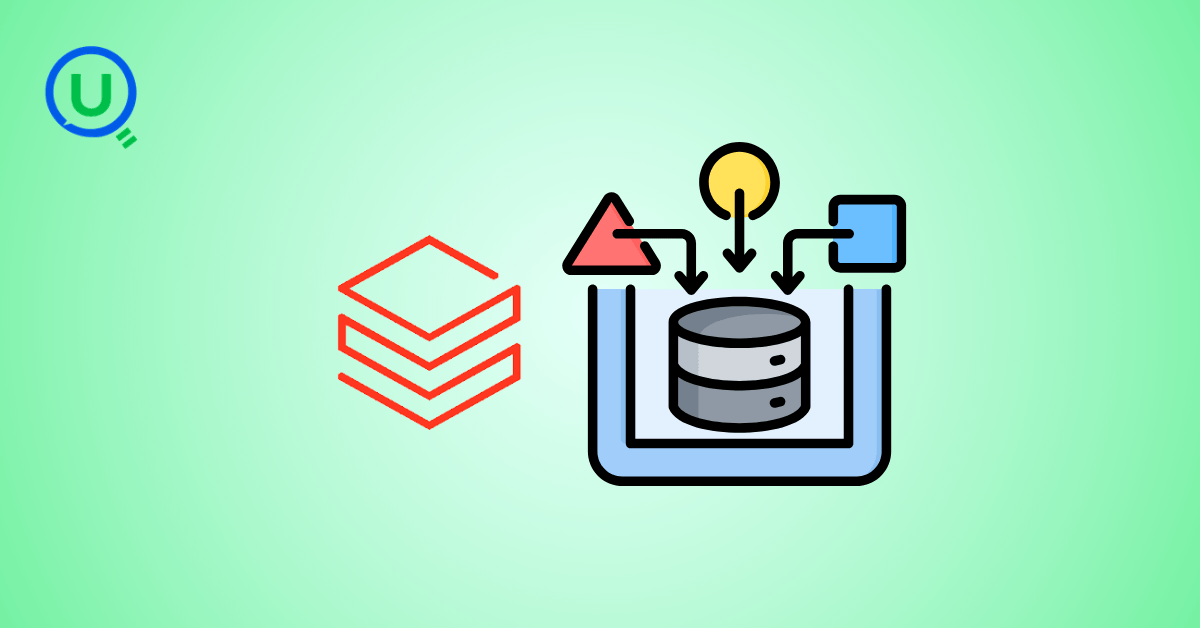
Master the bronze layer foundation of medallion architecture with COPY INTO - the command that handles incremental ingestion and schema evolution automatically. No more duplicate data, no more broken pipelines when new columns arrive. Your complete guide to production-ready raw data ingestion

Learn Git and GitHub step by step with this complete guide. From Git basics to branching, merging, push, pull, and resolving merge conflicts—this tutorial helps beginners and developers collaborate like pros.

Discover how data management, governance, and security work together—just like your favorite food delivery app. Learn why these three pillars turn raw data into trusted insights, ensuring trust, compliance, and business growth.

Step-by-step journey of setting up end-to-end AKS monitoring with dashboards, alerts, workbooks, and real-world validations on Azure Kubernetes Service.
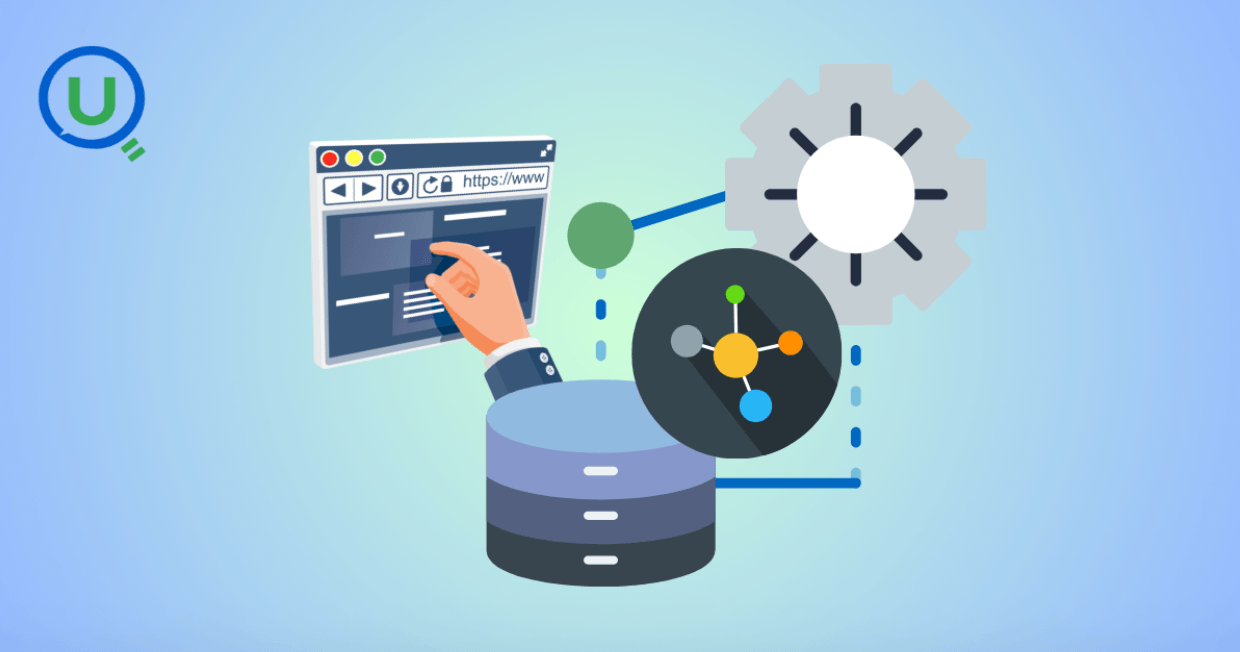
My learning experience tracing how an app works when browser is refreshed

This is the first in a five-part series detailing my experience implementing advanced data engineering solutions with Databricks on Google Cloud Platform. The series covers schema evolution, incremental loading, and orchestration of a robust ELT pipeline.

Discover the 7 major stages of the data engineering lifecycle, from data collection to storage and analysis. Learn the key processes, tools, and best practices that ensure a seamless and efficient data flow, supporting scalable and reliable data systems.

This blog is troubleshooting adventure which navigates networking quirks, uncovers why cluster couldn’t reach PyPI, and find the real fix—without starting from scratch.
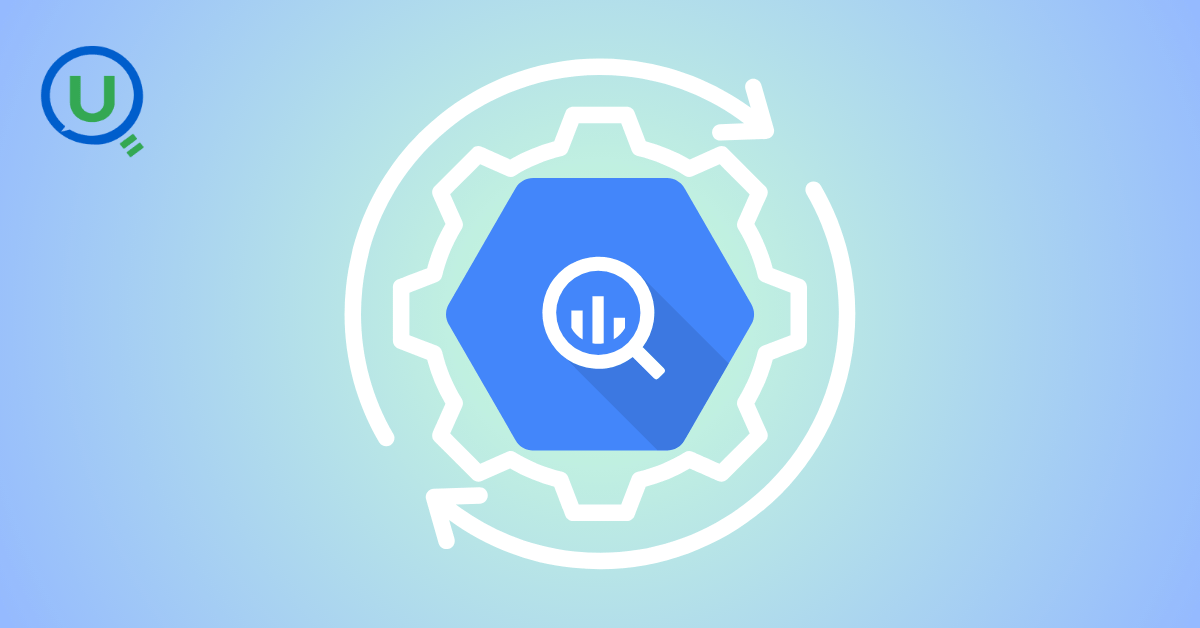
Explore query scanning can be optimized from 9.78 MB down to just 3.95 MB using table partitioning. And how to use partitioning, how to decide the right strategy, and the impact it can have on performance and costs.

Dive deeper into query design, optimization techniques, and practical takeaways for BigQuery users.

Wondering when to use a stored procedure vs. a function in SQL? This blog simplifies the differences and helps you choose the right tool for efficient database management and optimized queries.

This blog talks about the Power Law statistical distribution and how it explains content virality
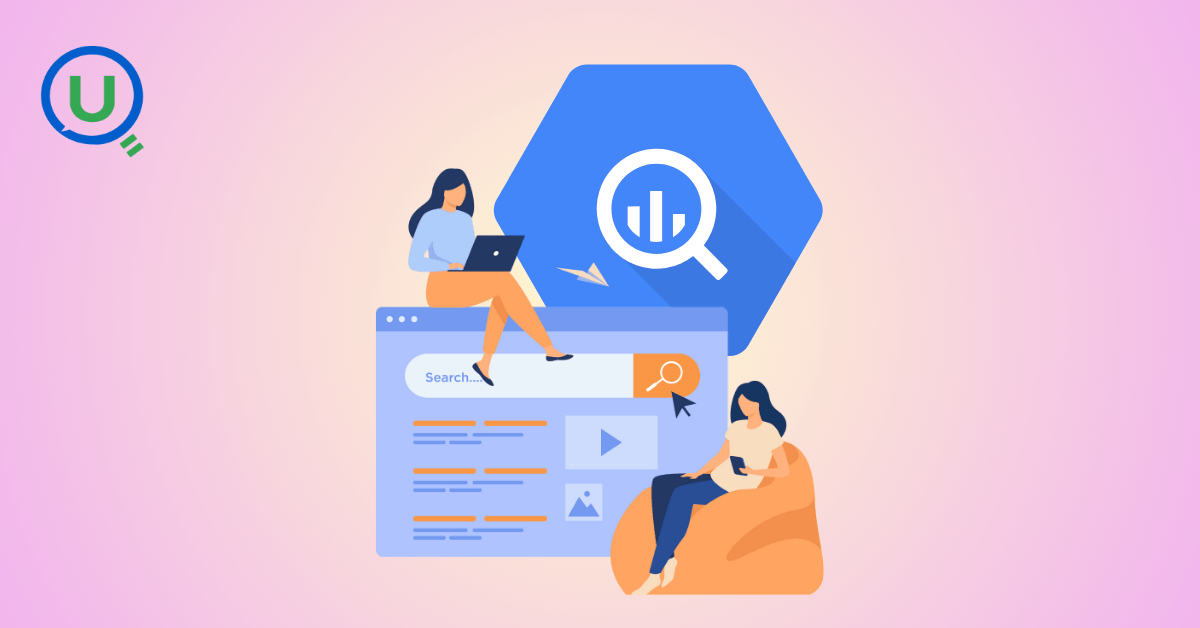
Discover how BigQuery Omni and BigLake break down data silos, enabling seamless multi-cloud analytics and cost-efficient insights without data movement.
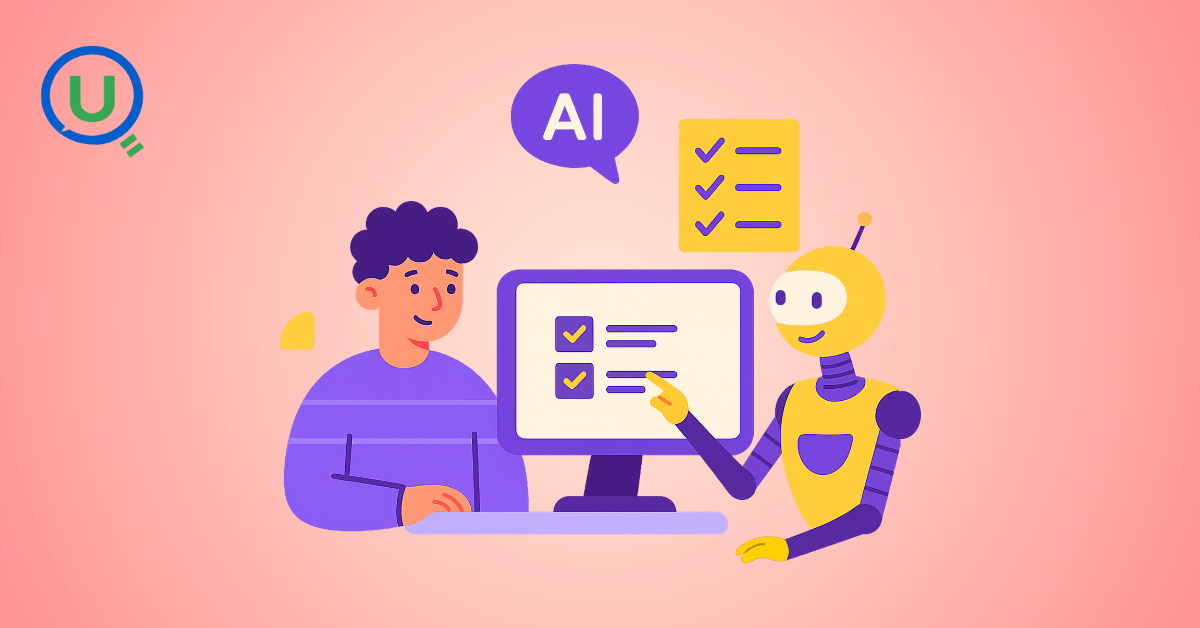
In this article we'll build a motivation towards learning computer vision by solving a real world problem by hand along with assistance with chatGPT
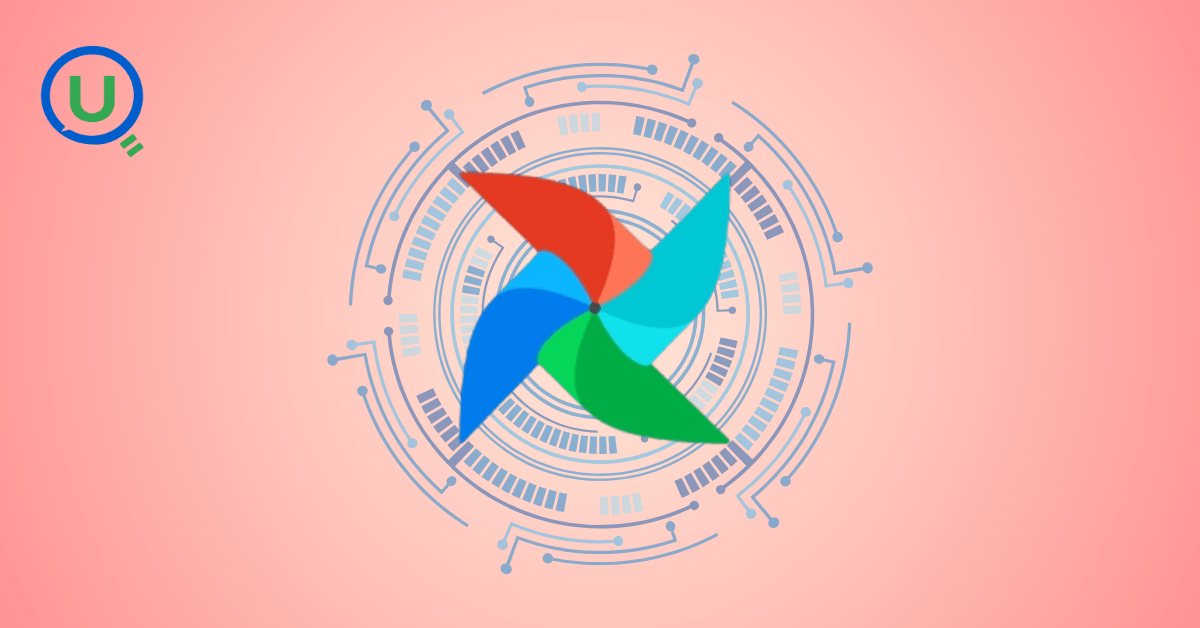
This blog explains how Apache Airflow orchestrates tasks like a conductor leading an orchestra, ensuring smooth and efficient workflow management. Using a fun Romeo and Juliet analogy, it shows how Airflow handles timing, dependencies, and errors.

The blog underscores how snapshots and Point-in-Time Restore (PITR) are essential for data protection, offering a universal, cost-effective solution with applications in disaster recovery, testing, and compliance.
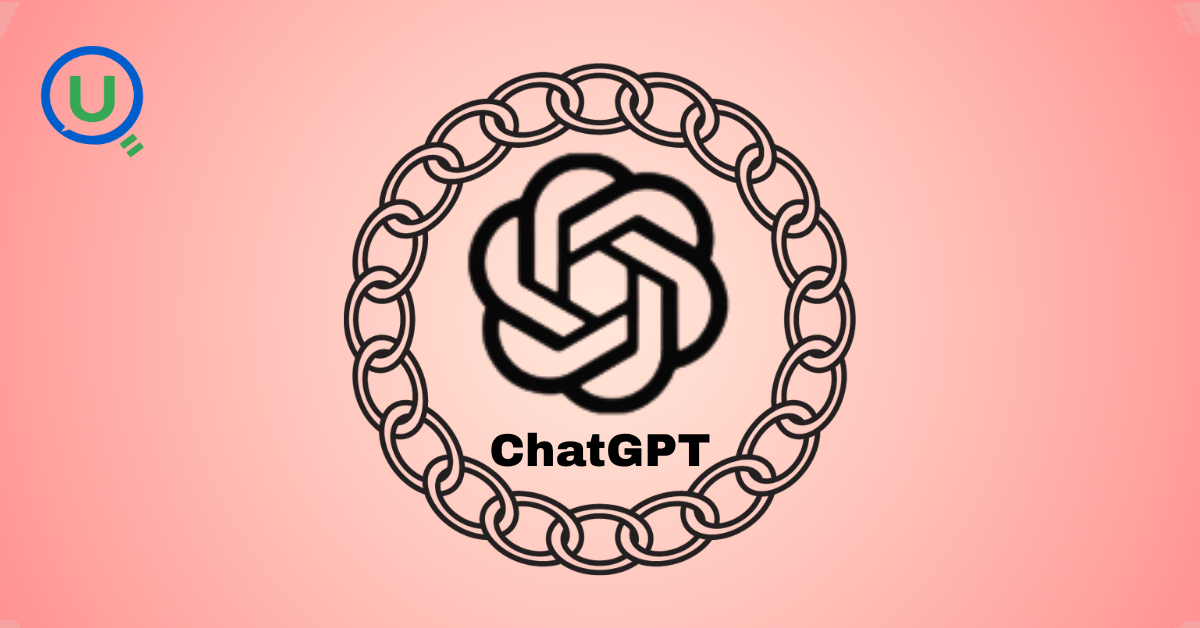
The blog contains the journey of ChatGPT, and what are the limitations of ChatGPT, due to which Langchain came into the picture to overcome the limitations and help us to create applications that can solve our real-time queries
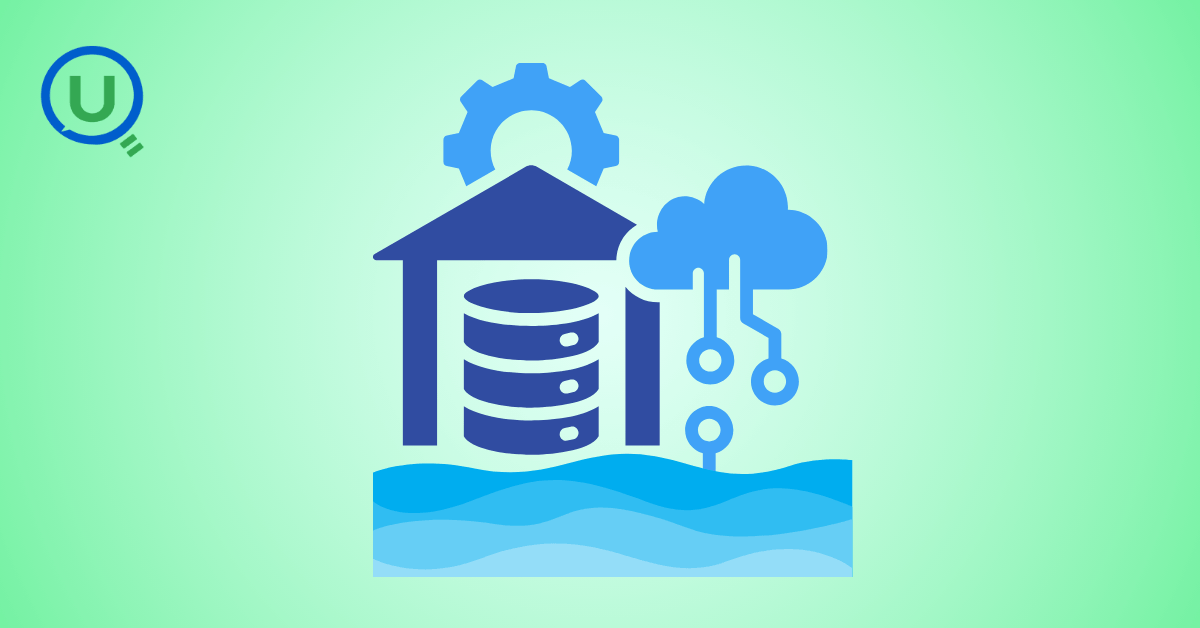
This blog simplifies the complex world of data management by exploring two pivotal concepts: Data Lakes and Data Warehouses.

An account of experience gained by Enqurious team as a result of guiding our key clients in achieving a 100% success rate at certifications
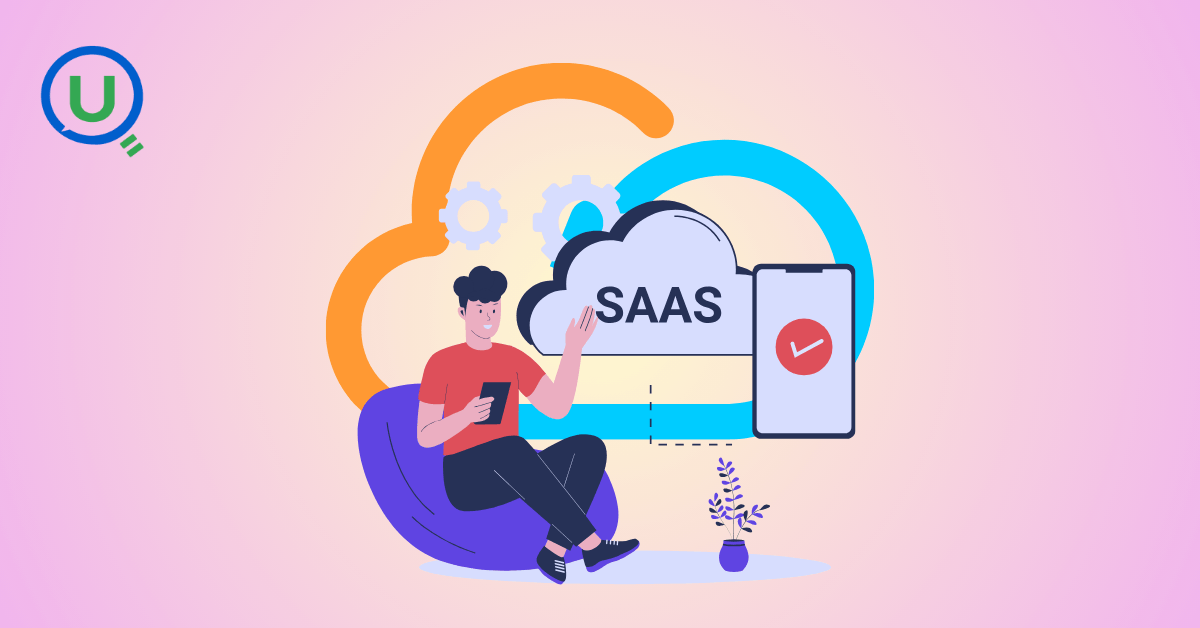
demystifying the concepts of IaaS, PaaS, and SaaS with Microsoft Azure examples

Discover how Azure Data Factory serves as the ultimate tool for data professionals, simplifying and automating data processes
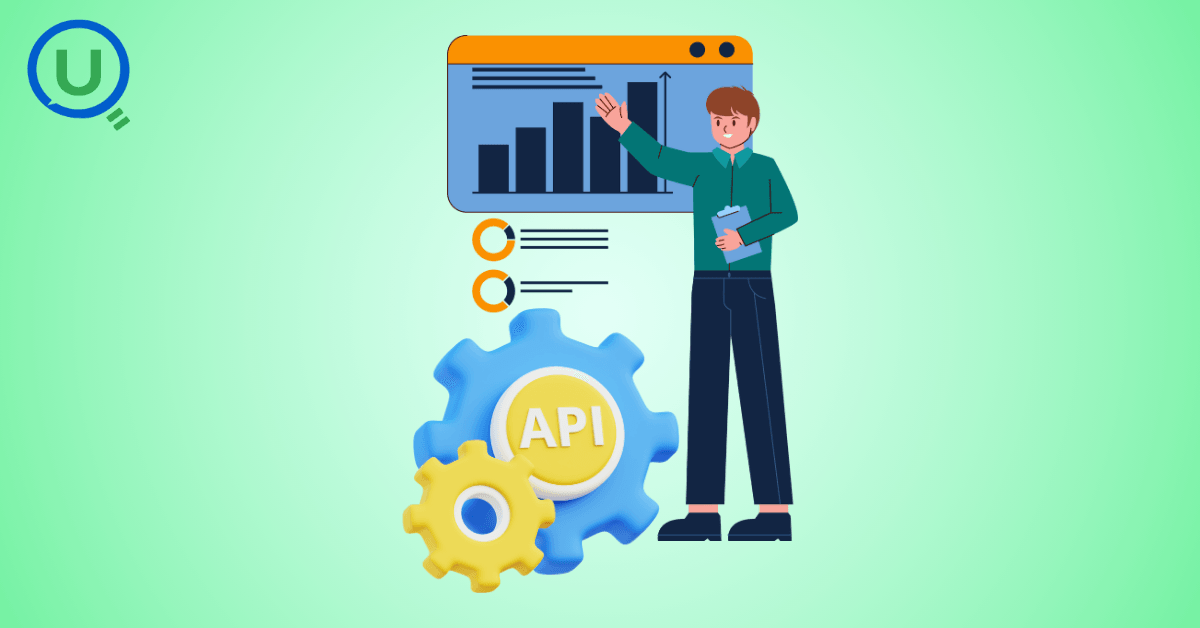
Revolutionizing e-commerce with Azure Cosmos DB, enhancing data management, personalizing recommendations, real-time responsiveness, and gaining valuable insights.
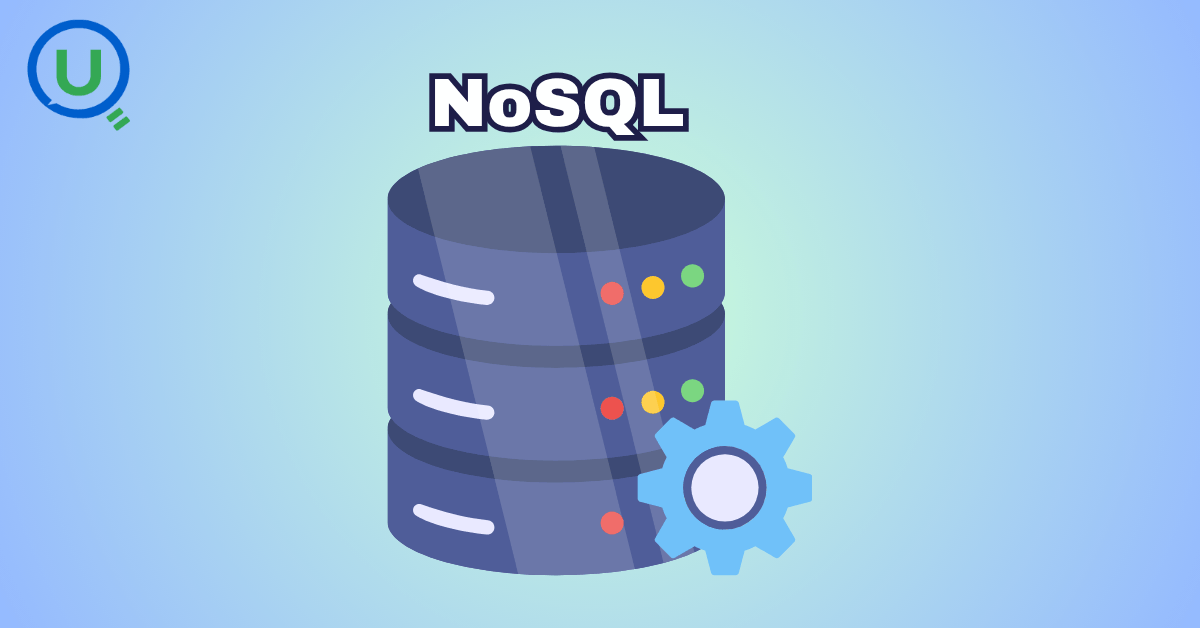
Highlights the benefits and applications of various NoSQL database types, illustrating how they have revolutionized data management for modern businesses.

This blog delves into the capabilities of Calendar Events Automation using App Script.
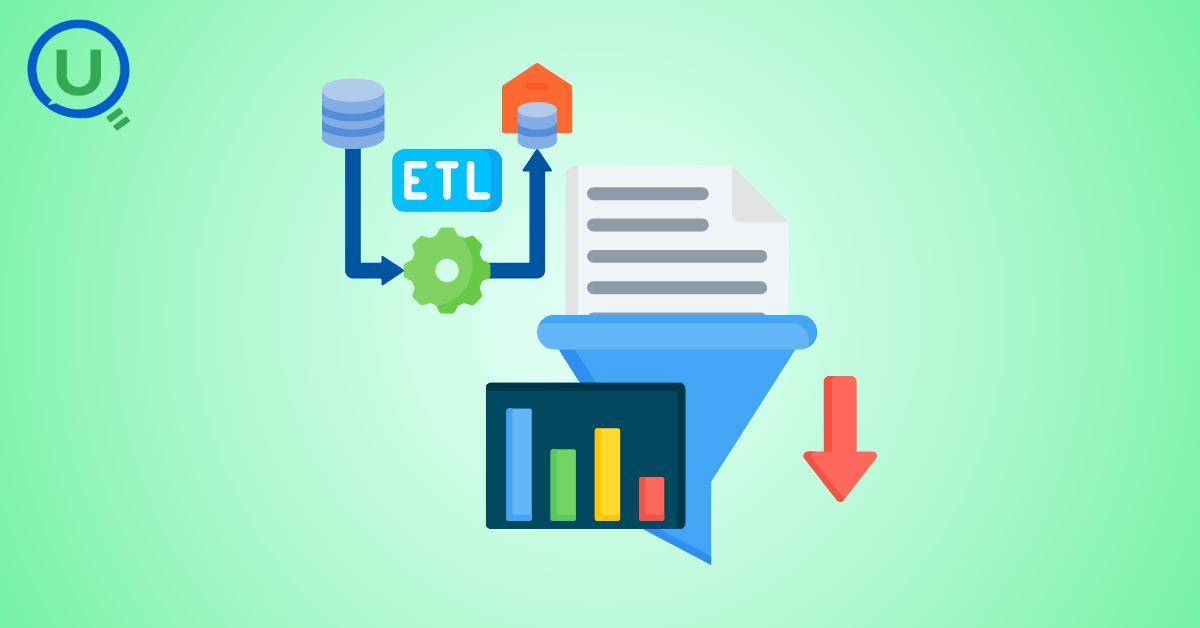
Dive into the fundamental concepts and phases of ETL, learning how to extract valuable data, transform it into actionable insights, and load it seamlessly into your systems.

An easy to follow guide prepared based on our experience with upskilling thousands of learners in Data Literacy
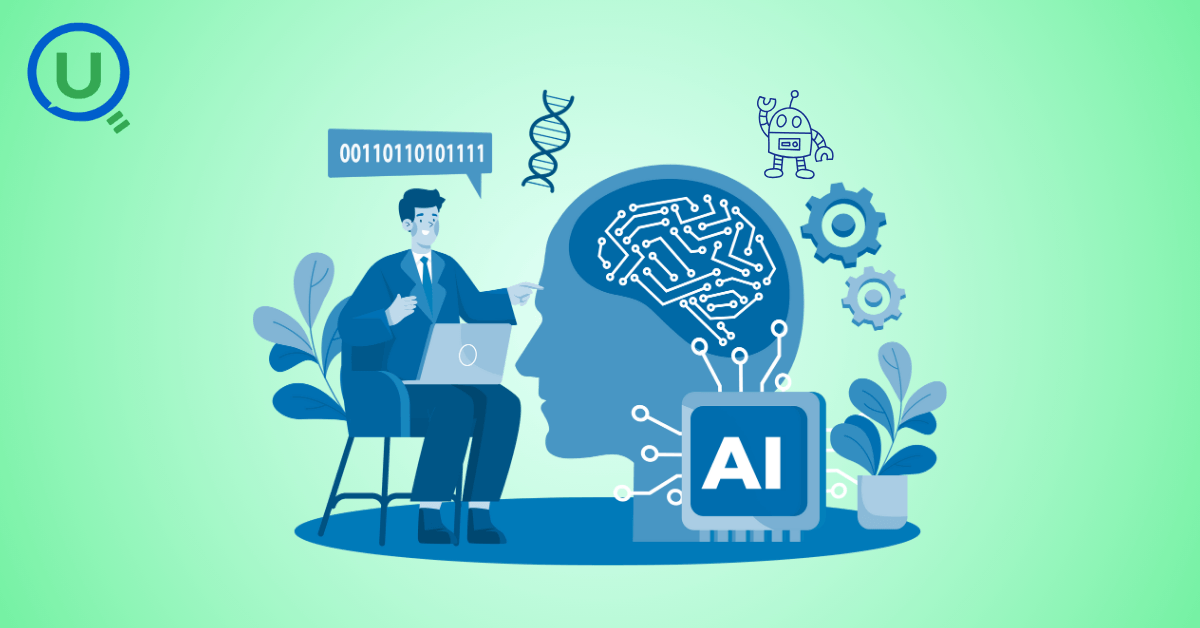
Teaching a Robot to Recognize Pastries with Neural Networks and artificial intelligence (AI)

Streamlining Storage Management for E-commerce Business by exploring Flat vs. Hierarchical Systems

Figuring out how Cloud help reduce the Total Cost of Ownership of the IT infrastructure

Understand the circumstances which force organizations to start thinking about migration their business to cloud
